
Last week, the mysteries of the disappearance and the whereabouts of Kimberly Langwell were solved—hopefully. I say “hopefully” because, not to be morbid, they still need to ensure that the remains are hers. Yes, it’s bad when someone who is missing is officially declared deceased; at least, though, it gives the family closure. This family has been suffering for 25 years, AND THEY DESERVE CLOSURE!
I will not get into the details of the case, but I will definitely be interested in what comes out in the trial. I’m sure the people at the Listen Closely podcast also want the facts. For my 2013 book, I researched a few serial killers, both male and female. It was interesting. I’m not saying the accused is a serial killer, as he may only be convicted of one murder, but his dad was also killed on the property. I forgot about this until someone I know told me that he grew up in the neighborhood in question and that, as kids, they would ride bikes with the accused, whom they called a momma’s boy. I also talked with someone who informed me that you can watch trials on YouTube and find their dockets online. If this is the case, then I’m interested.
The City of Beaumont has given the owner of the Gilbert Building, Tom Flanagan, 60 days to basically get his crap together and not cast a vote to demolish the building within this period. Fingers crossed; although, from what I hear, Tom Flanagan seems to never get his crap together. He owns many buildings in downtown Beaumont and says many things about restoring this building and preserving that building, but in the end, he does nothing but let the properties deteriorate and become fire hazards. By the way, does anyone know the cause of the fire at the Gilbert Building? A building with no electricity does not usually catch fire. Arson? Homeless people’s arson? I think this needs to be addressed.
To Mr. Flanagan’s credit, he stated in a KFDMinterview that his goal is “to preserve the facade and save the building, developing it and retaining a rich part of Beaumont’s history.” I really hope this is legit and not just the same old BS that apparently goes on in Beaumont.
Concerning the public’s reaction to this issue, we had a few members from the Jefferson County Historical Commission speak at the meeting. The Beaumont Heritage Society also showed up, and the Texas Historical Commission sent a letter about saving this treasure. So, it is now up to the owner to do something. The City of Beaumont has done the math, and it doesn’t want to put up a million dollars to demolish the structure. It is great that Mr. Flanagan and his “investors” spent 46 million dollars for their Beaumont properties, but they rarely do anything with them. Note: I’ve thrown in the “investors” quote because all his investments do not seem to come from his funds. Also, I’m sure that when you throw in names such as Umphery, you want to look at the bigger picture of 41 years of investments. I may be a year or two off this in terms of the quote because I, sadly, was not at the meeting—I have to work for a living! In the end, I hope the building can be saved, but I’m not holding my breath, and I also want to know who started the fire! I guess we can acknowledge that the singer Billy Joel didn’t start it. (I love that song!) I digress, but no one seems to give a crap about answering this question.
This week, I was contacted by an organization that repairs and cleans headstones and does other cemetery stonework around Texas. Since they have more work than time and are not local, they reached out to someone at the McFaddin-Ward House Museum, who gave them my contact details. (Shout-out to the McFaddin-Ward House Museum!)
I believed the person at the other end of the line because they were reaching out to find someone who knew the dos and don’ts of cleaning headstones and monuments. They didn’t want to send someone with a bottle of Clorox and a wire brush to help a client who had reached out to them for assistance. (Note: You never use Clorox or a wire brush! Damn you to hell if you do.) We talked for 30 minutes or so, and I found out that someone had a few headstones that needed cleaning, but they didn’t live in the Beaumont area, so they reached out to this organization for help. We shall see where this goes.
I’ve been known to clean a headstone or two, especially at Magnolia Cemetery, if it becomes unreadable due to lichen, algae, mold, or mildew. My only go-to product is the D/2 Biological Solution cleaner. I won’t leave a link because I’m in the retail business, and I don’t sell this product, but it works. You spray it on, and, eventually, you will see a change for the better. I do not scrub or wash it off, but if you’re expecting an overnight improvement, then good luck. It won’t happen. After a period between six months and a year, you will see a change. Sometimes, a few organizations hold workshops on fixing and cleaning headstones in this area. If I see one coming up, I’ll definitely get the word out.
We lost a few people this week. The first one was Willie Mays. He was by far the best baseball player of our time. His humbleness added to his greatness in a time when players weren’t equal in the eyes of some, but he left it ALL on the field. He was like no other. Considering all the overpaid players nowadays, he earned a lot less than he should have.
Another icon, whom I admired through tankery, was the actor Donald Sutherland. He was a brilliant performer, and my love for his work was born with the movie Kelly’s Heroes. Sergeant Oddball is a part of my past and present, and I will keep rewatching that film.
Until next time, when in Beaumont, please get your crap together! And Sherman Vor! (All Sherman’s forward)
Man Indicted for 1999 Murder After Police Find Human Remains:
Beaumont City Council to wait 60 days before deciding fate of Gilbert Building:
Willie Mays:
https://en.wikipedia.org/wiki/Willie_Mays
Donald Sutherland:
Sergeant Oddball:

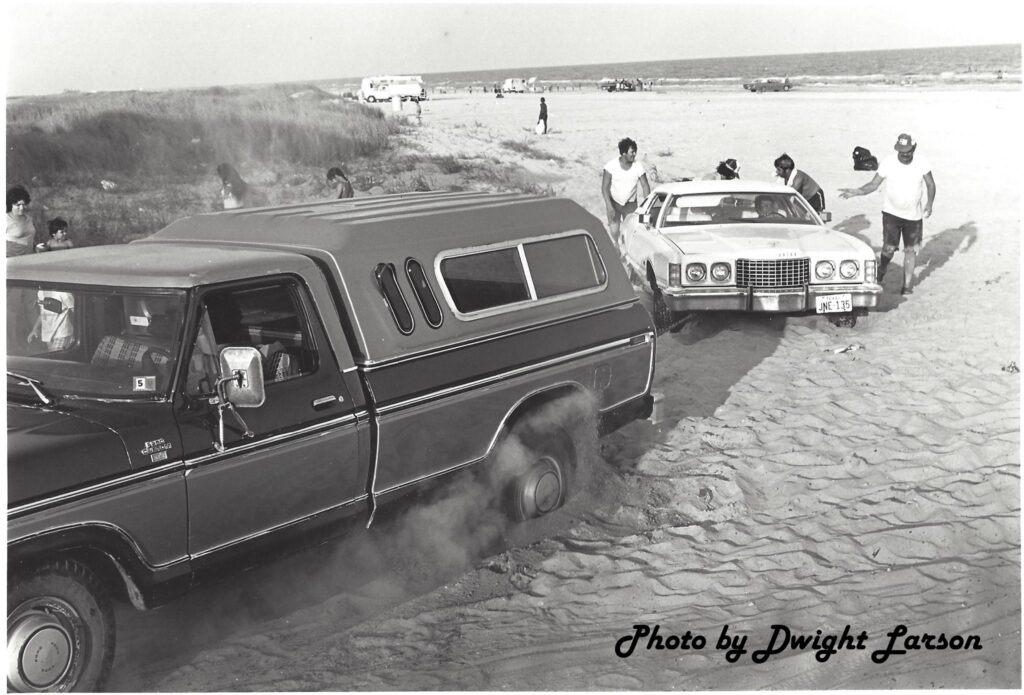



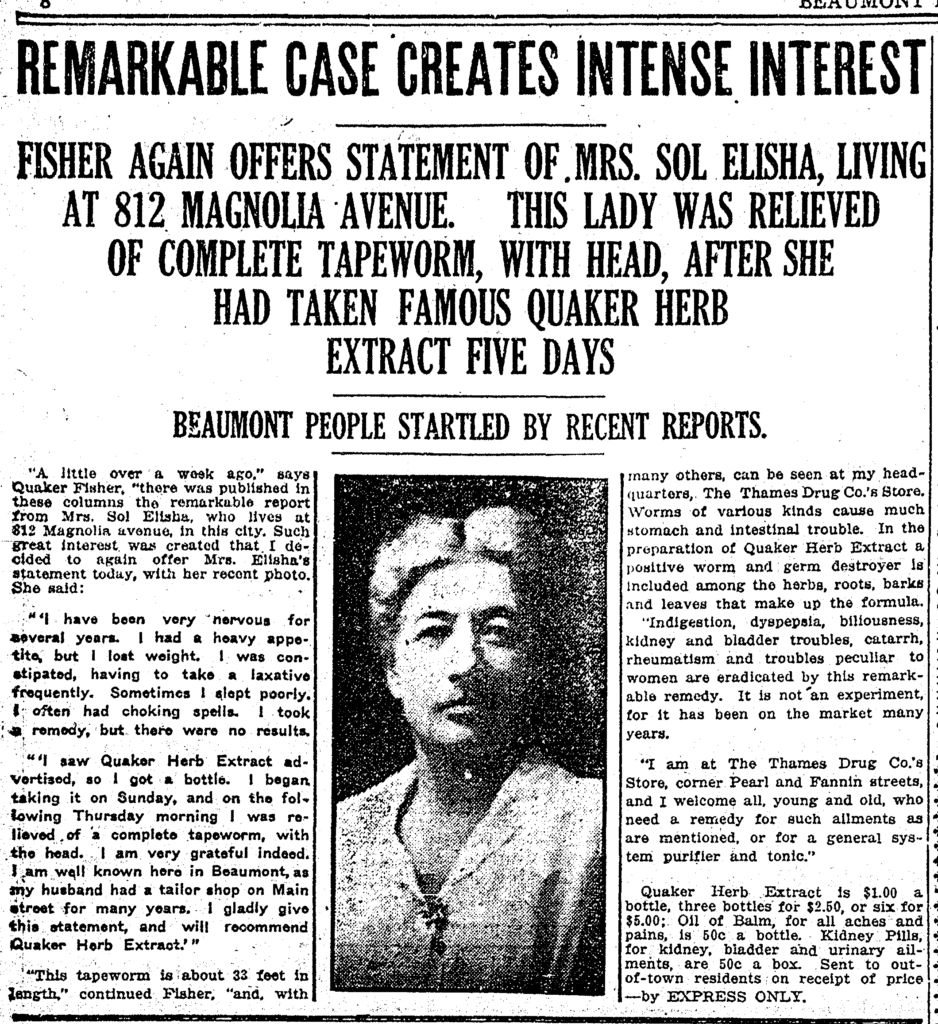

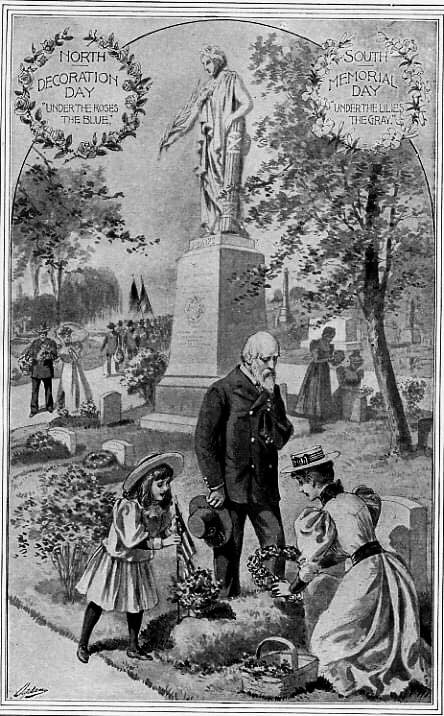

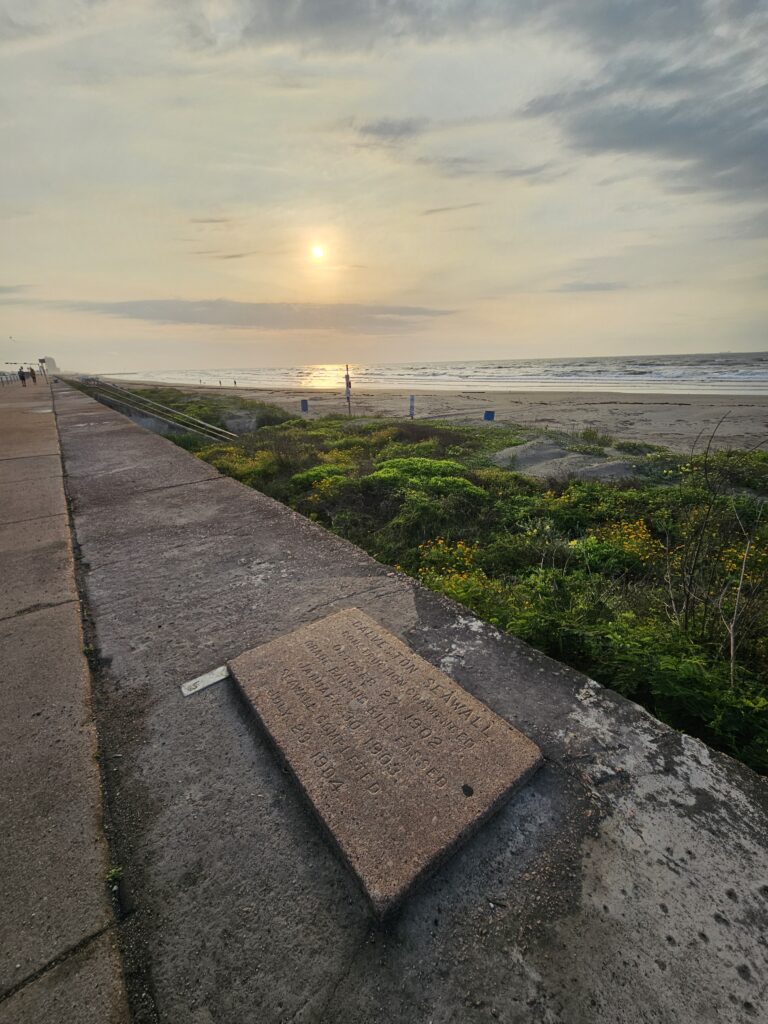
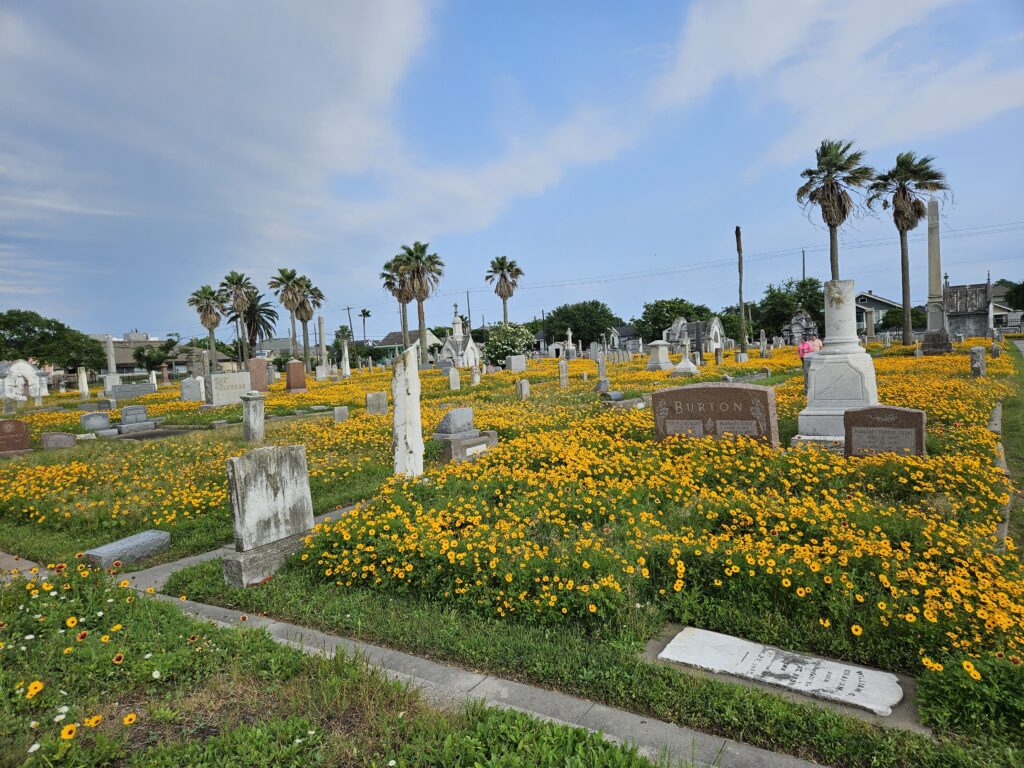


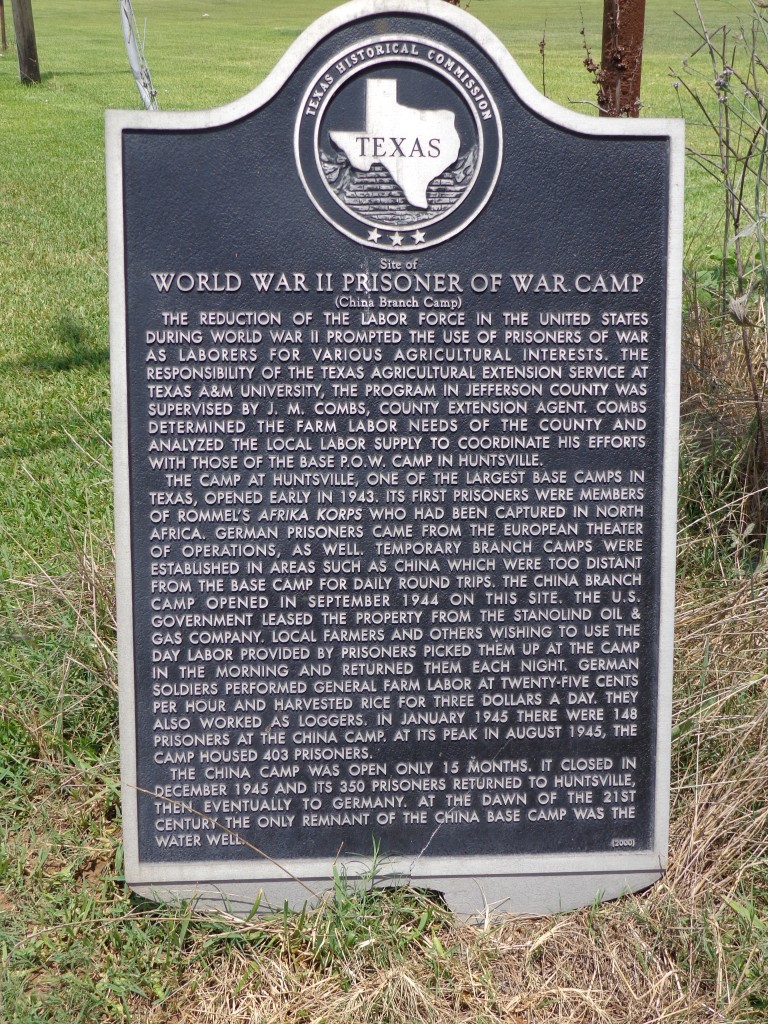
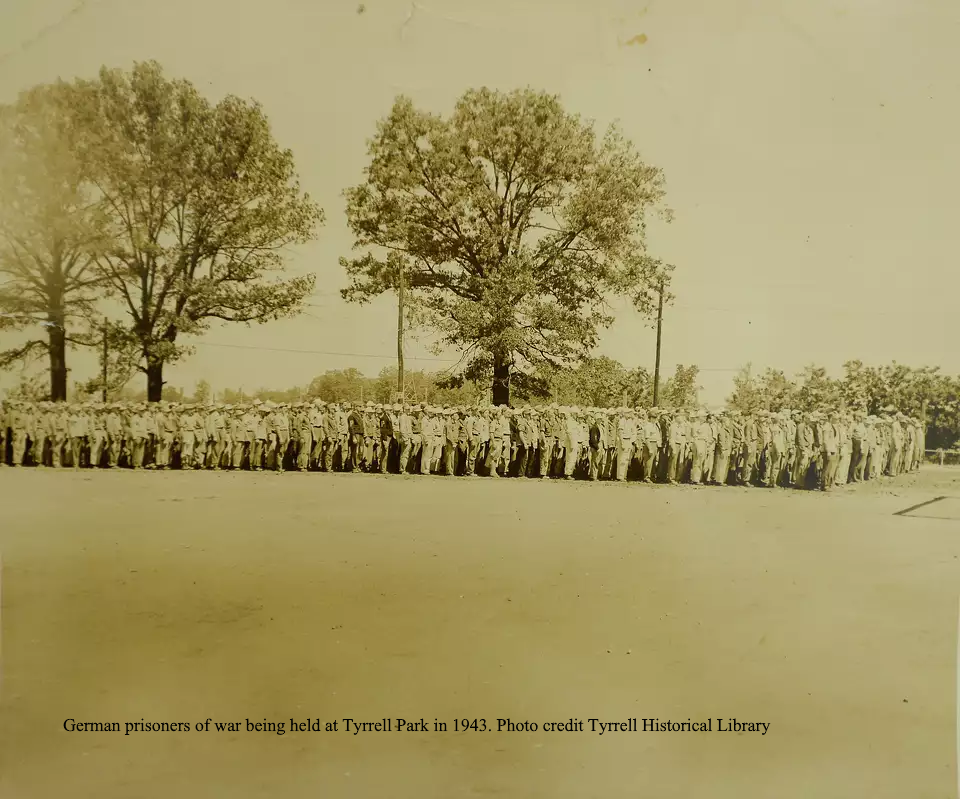
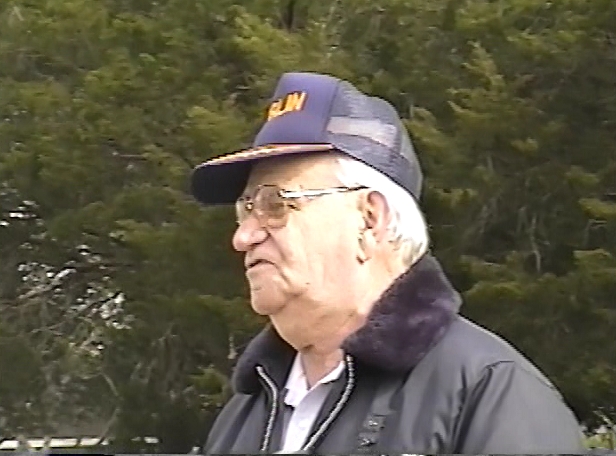
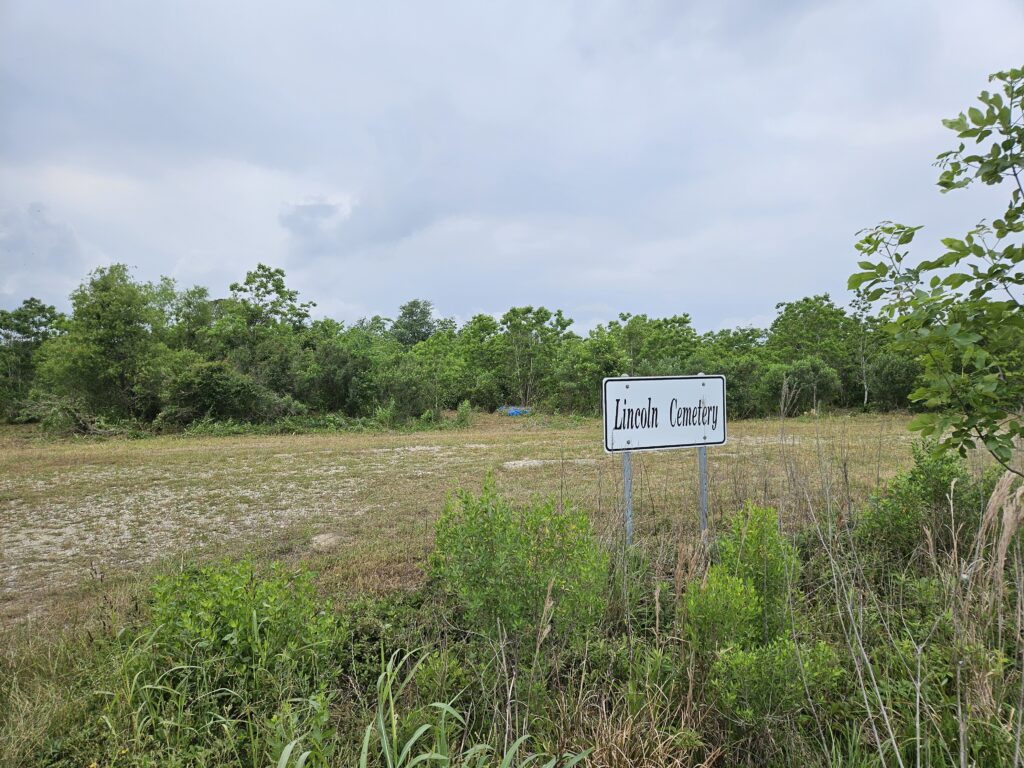
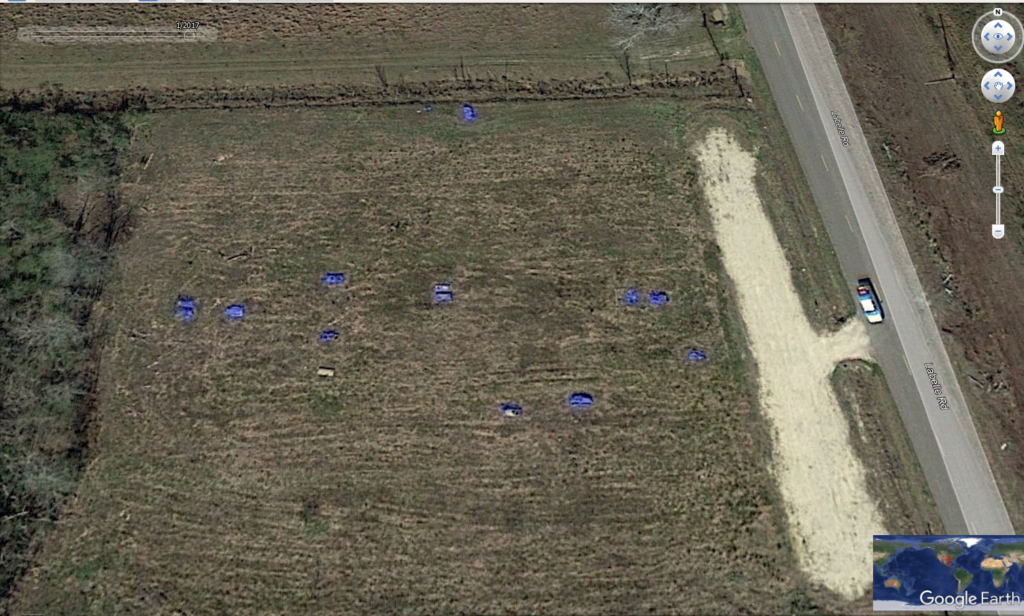
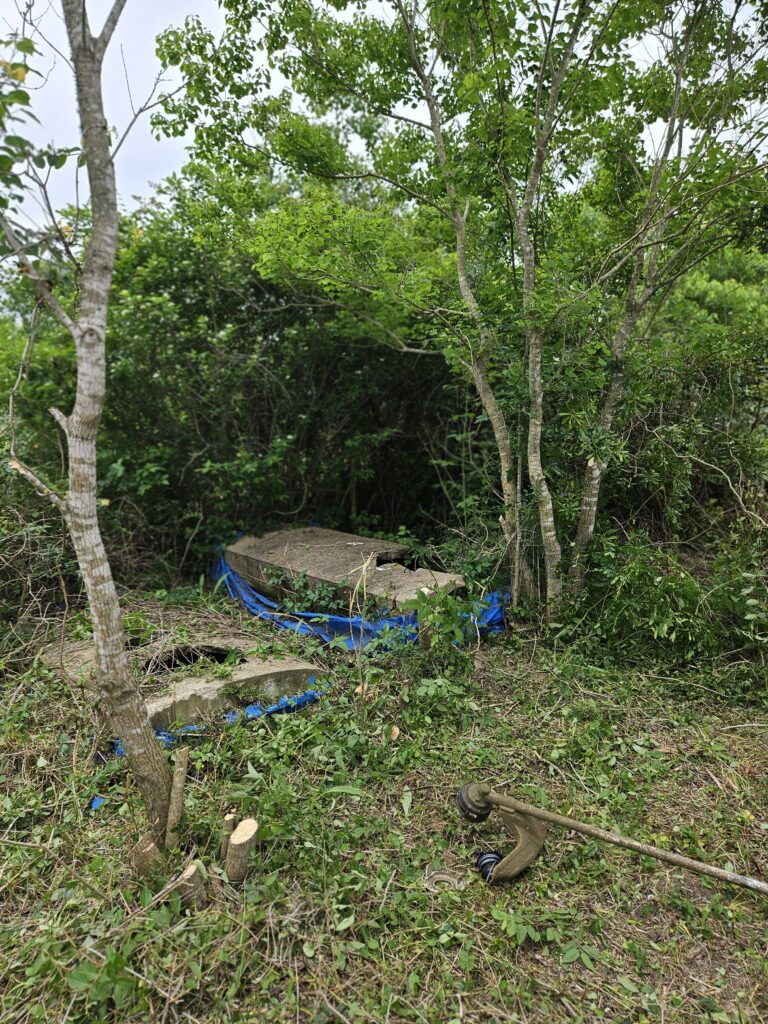
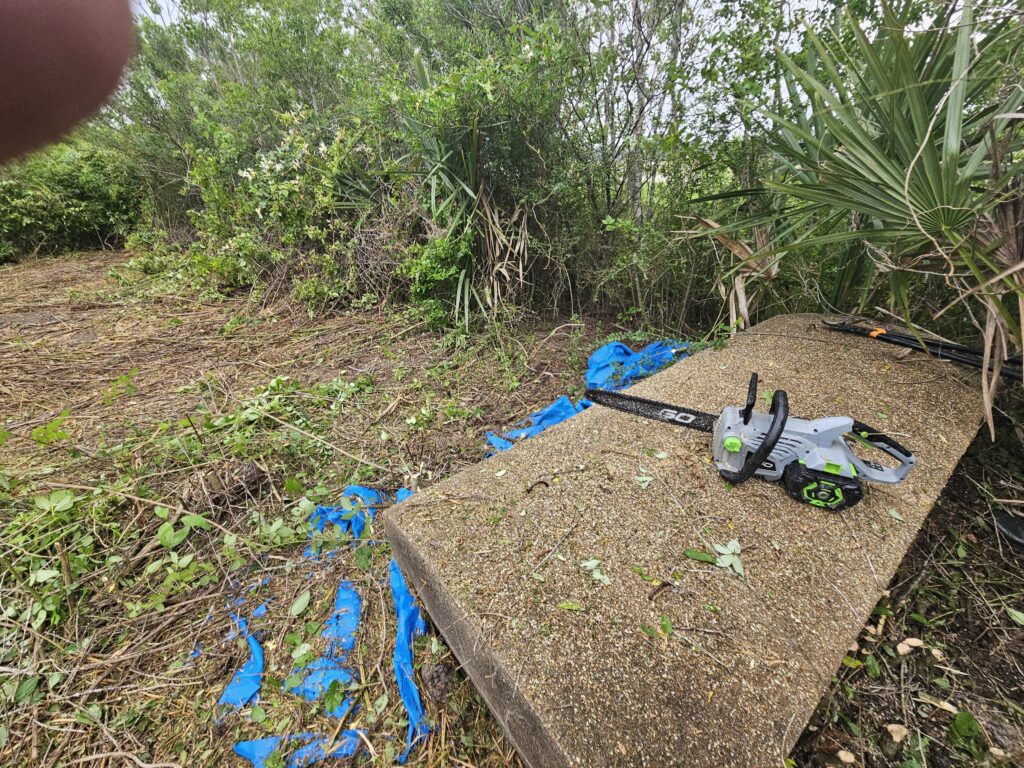
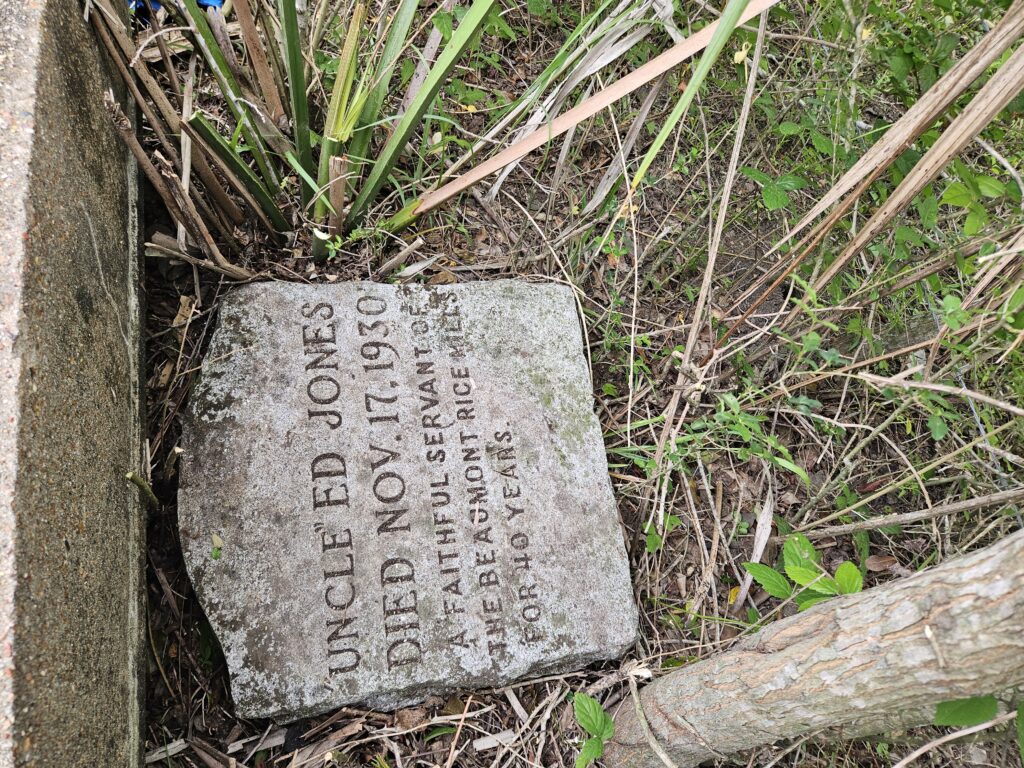


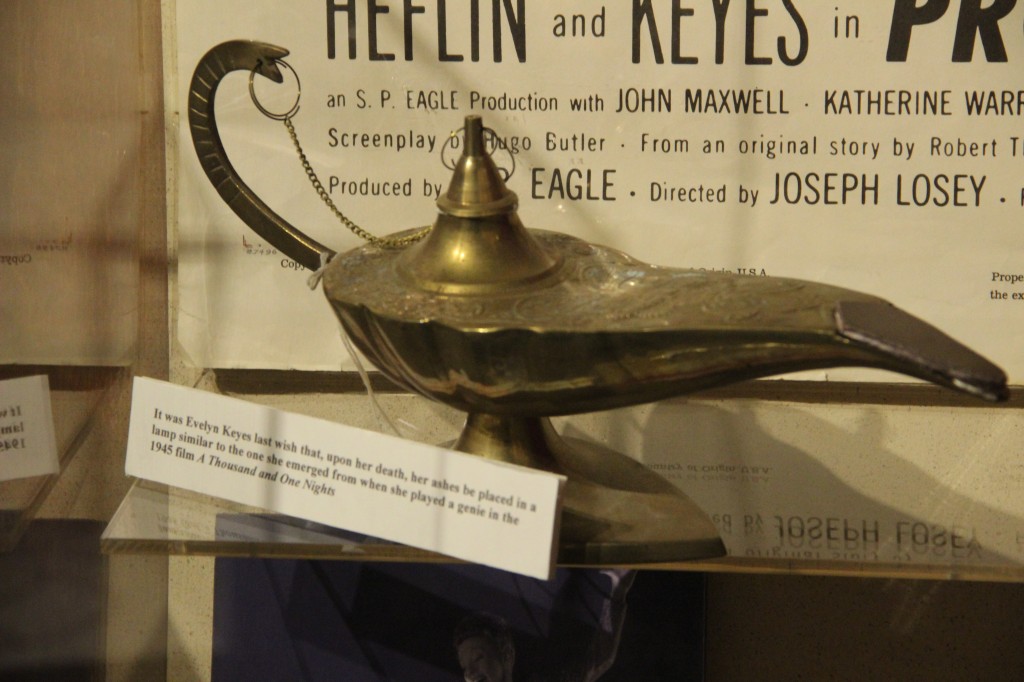

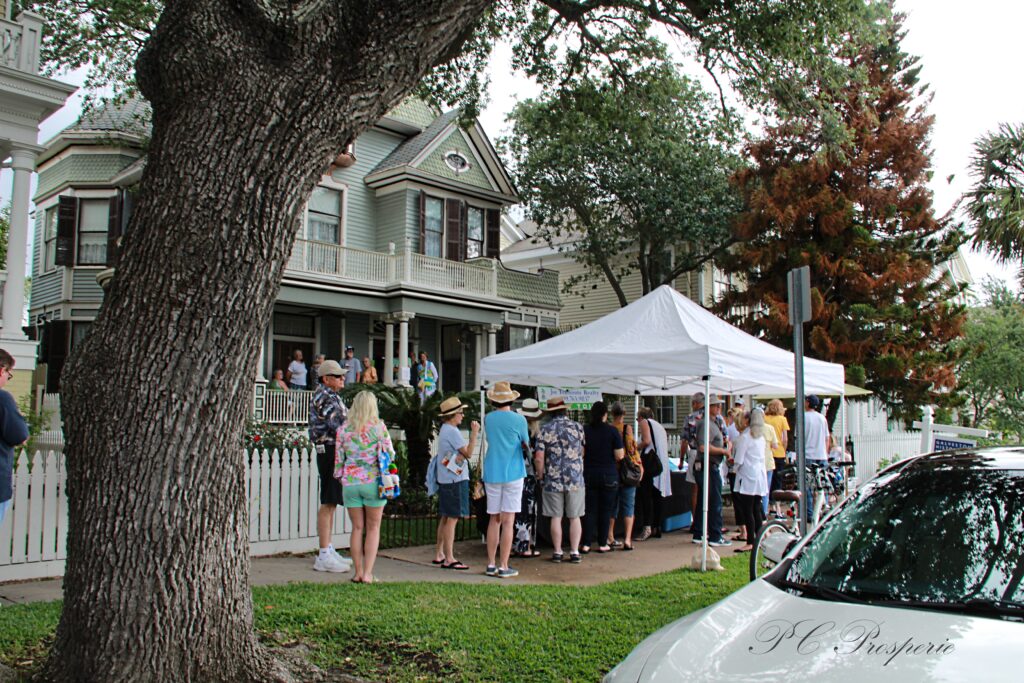
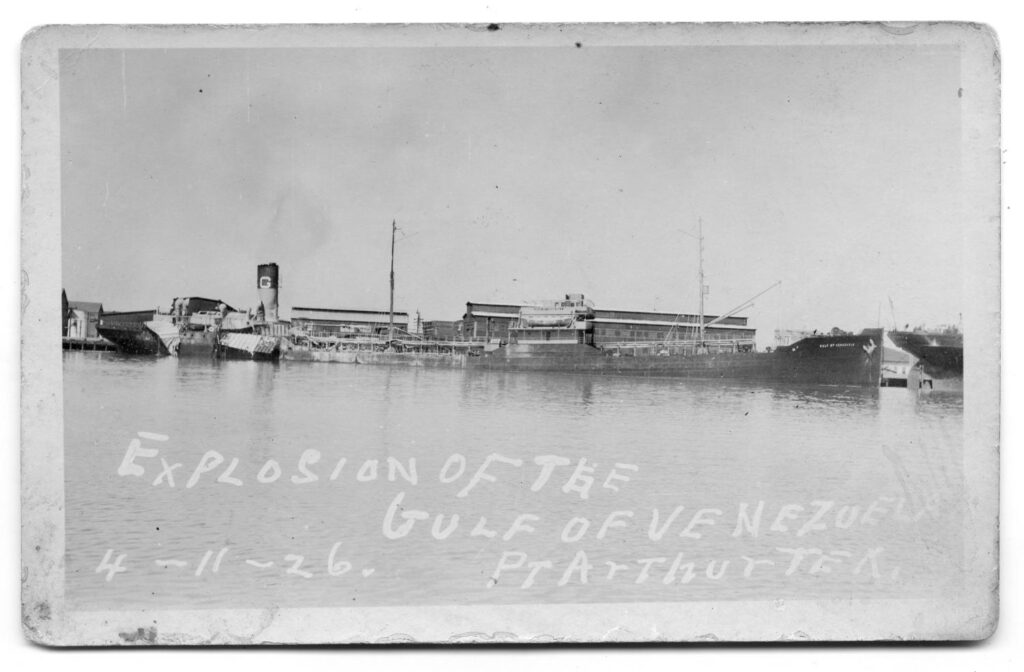

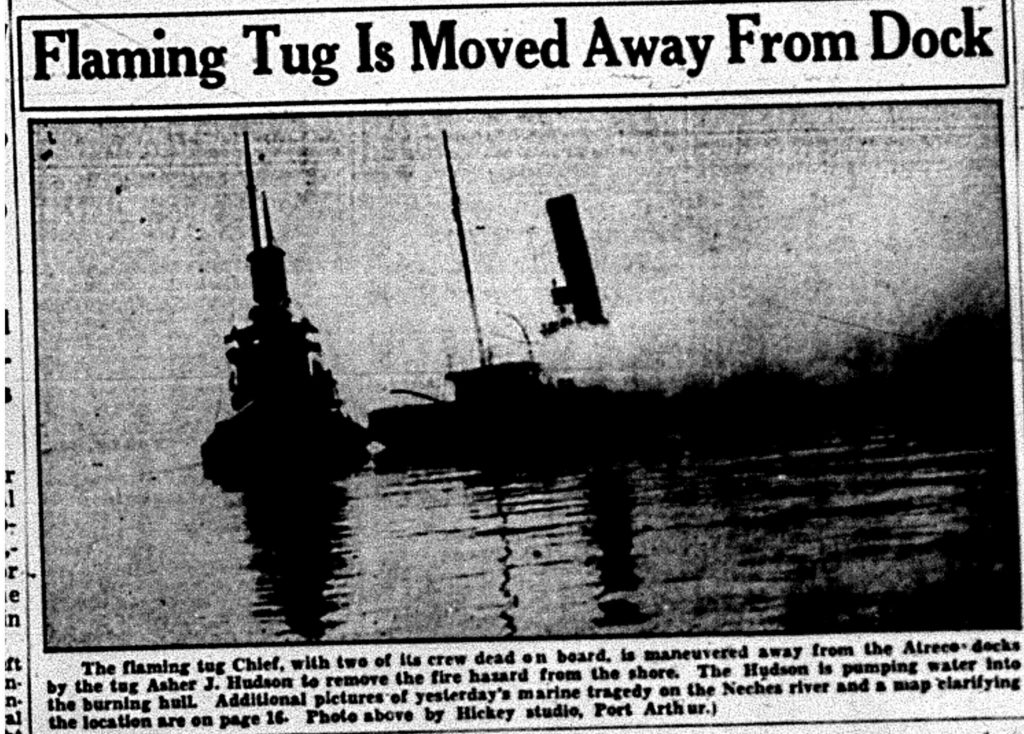

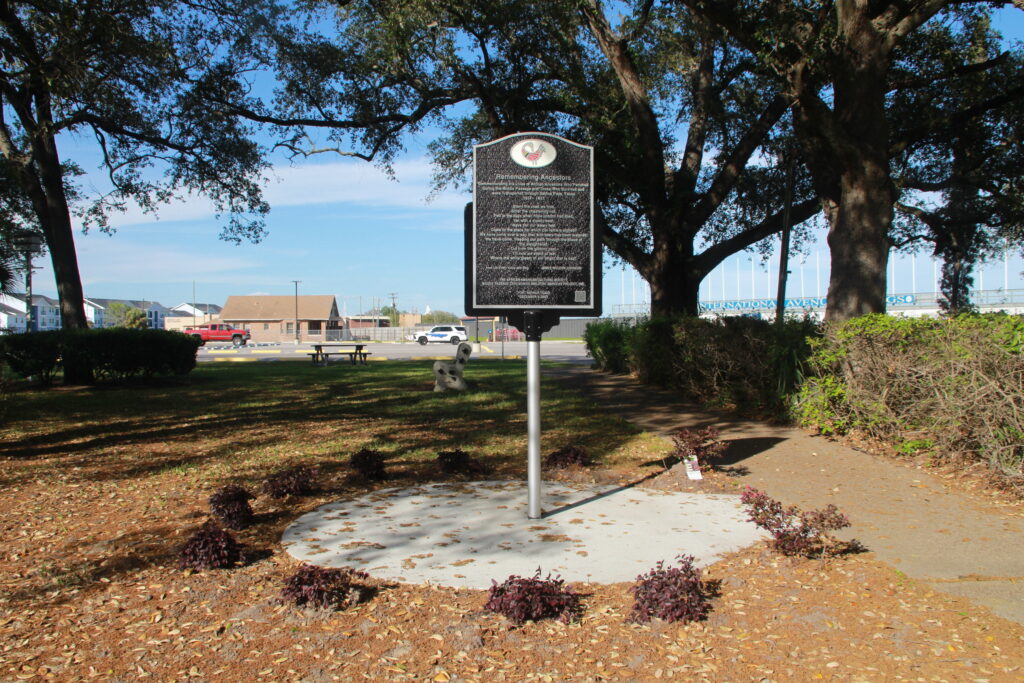
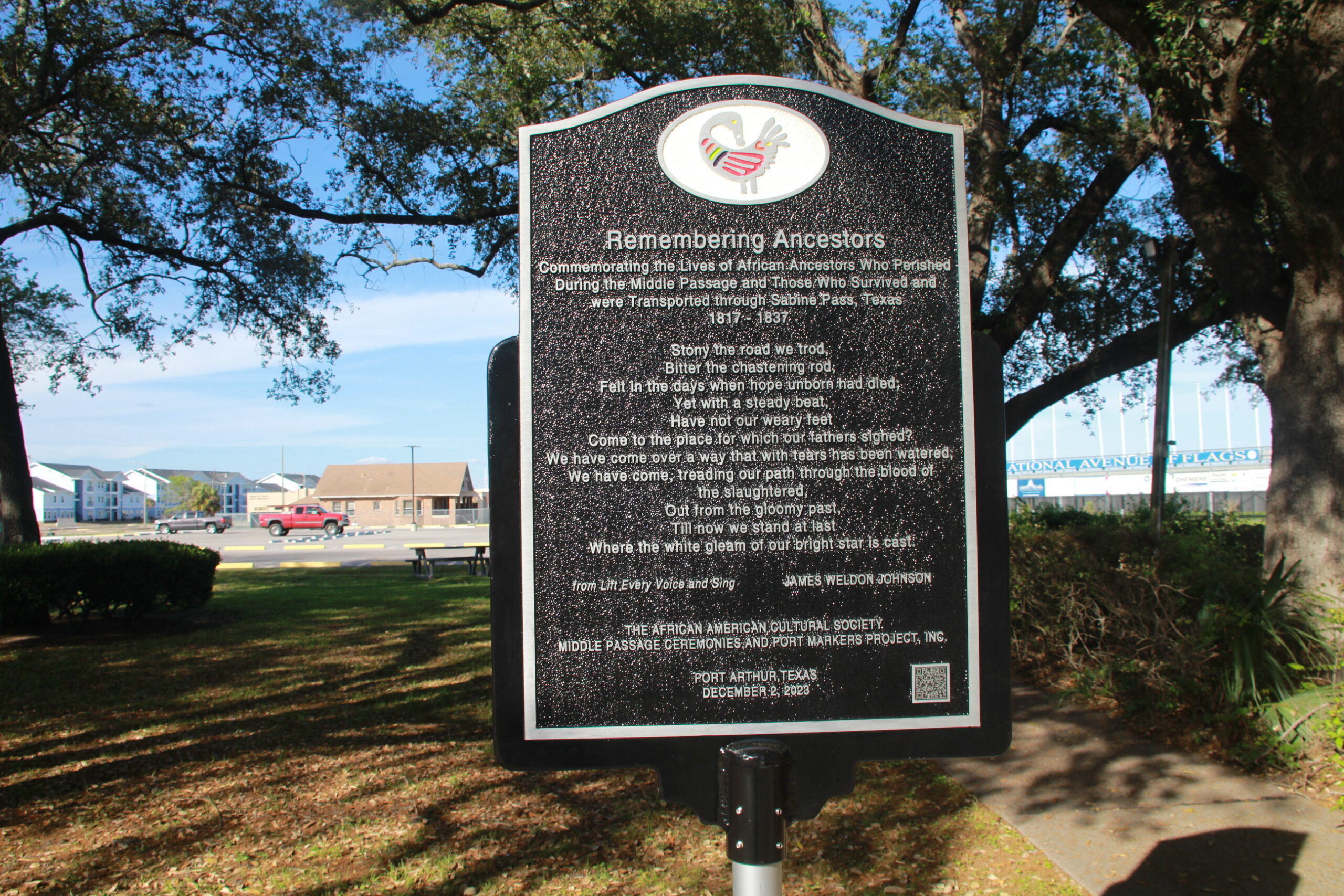
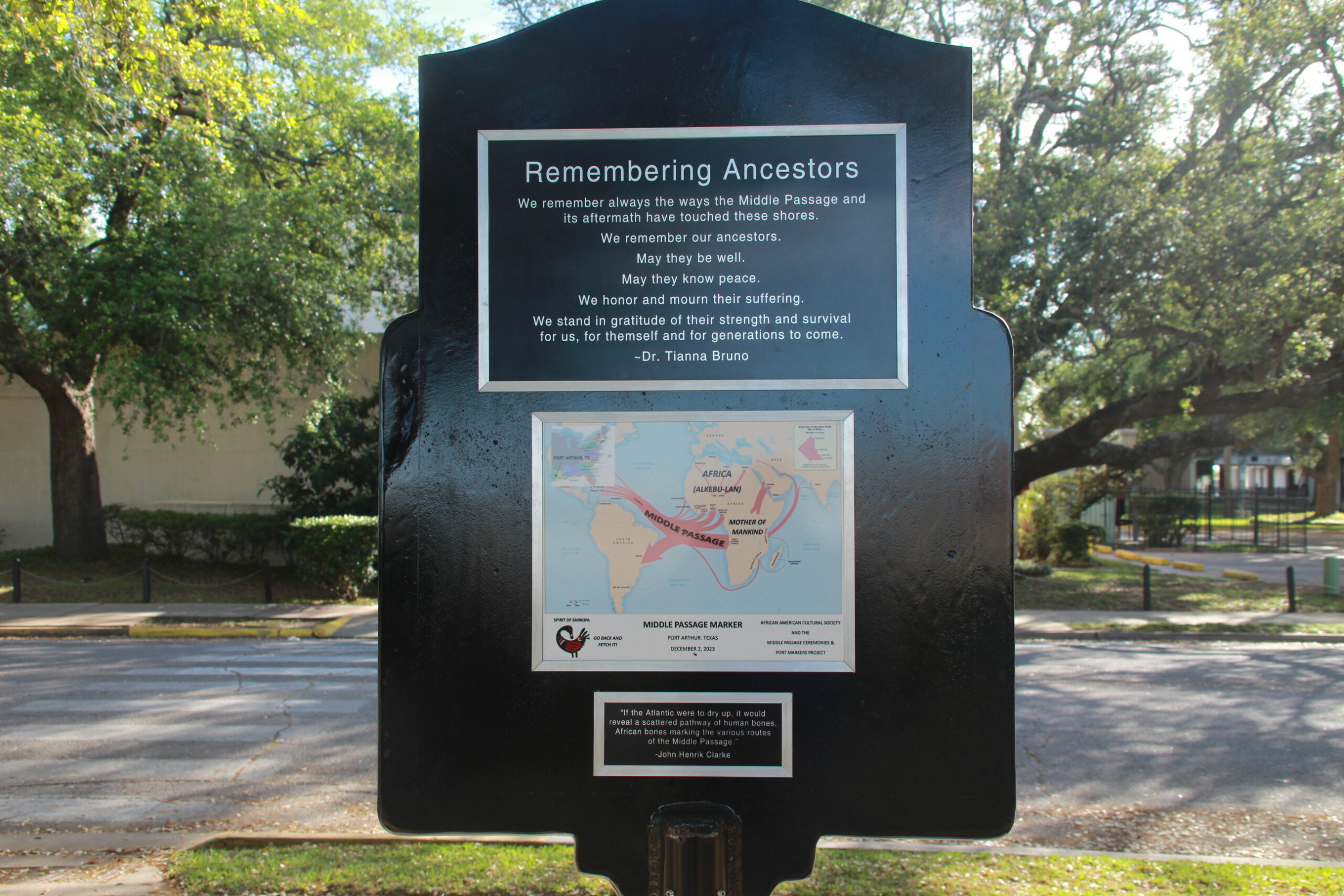
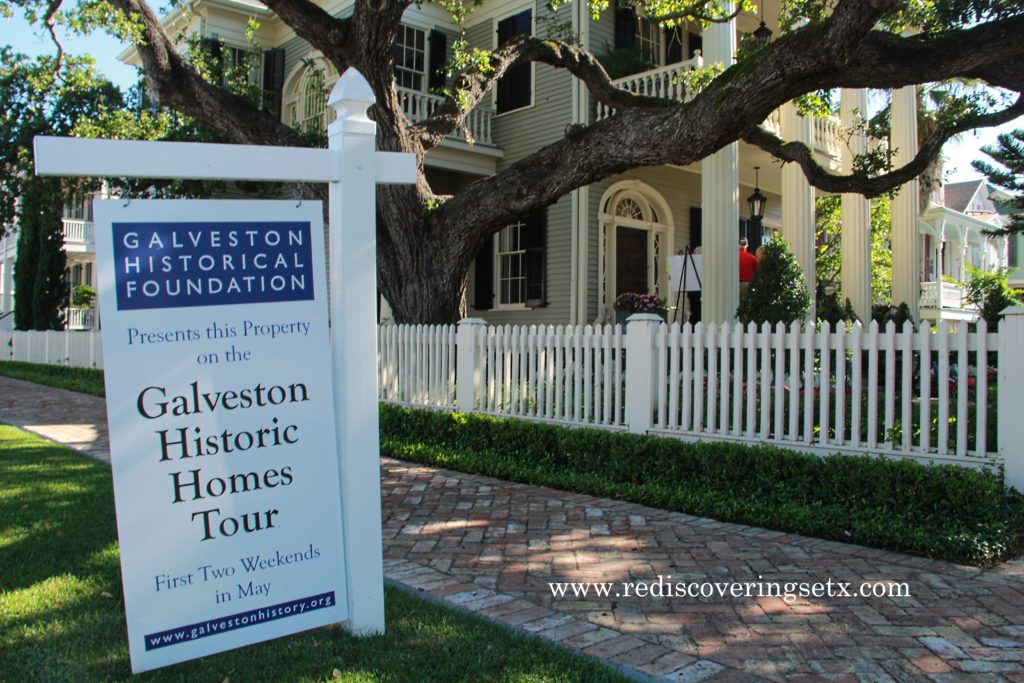

You must be logged in to post a comment.